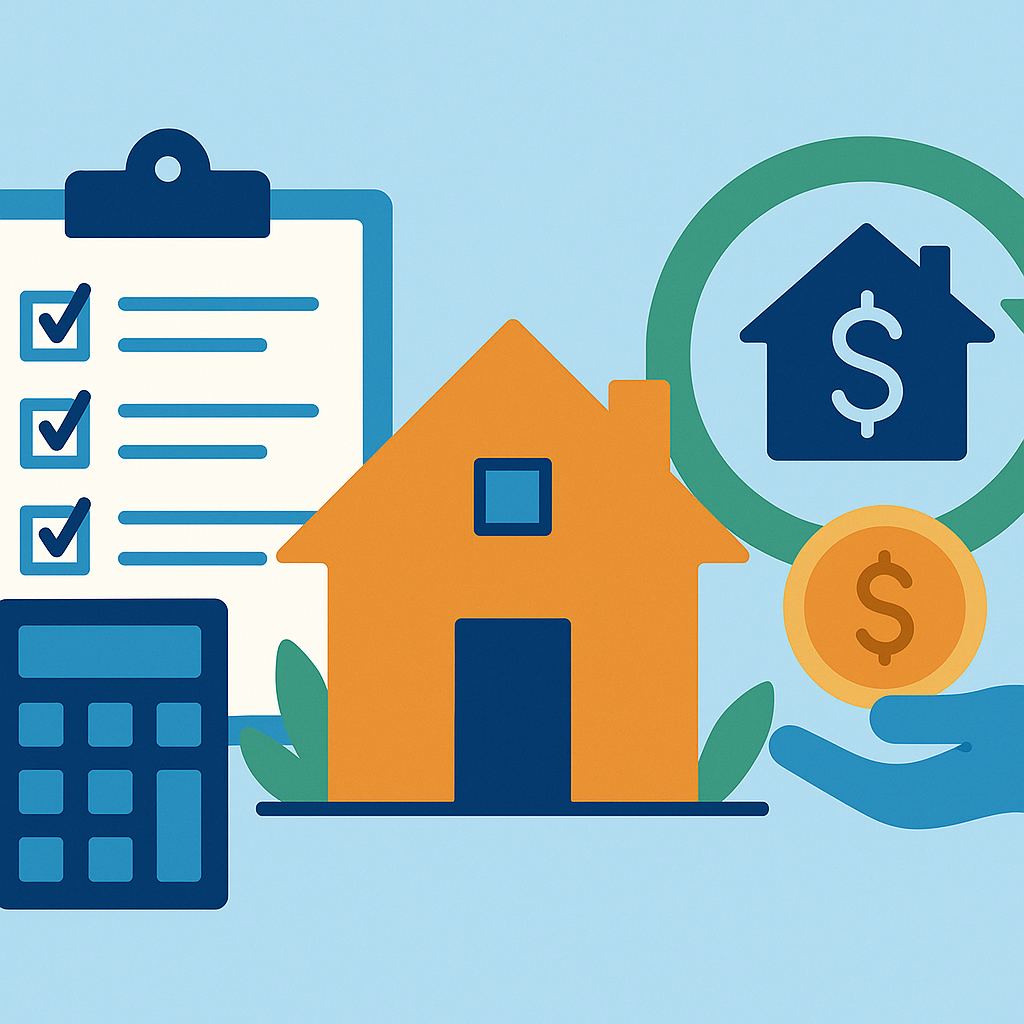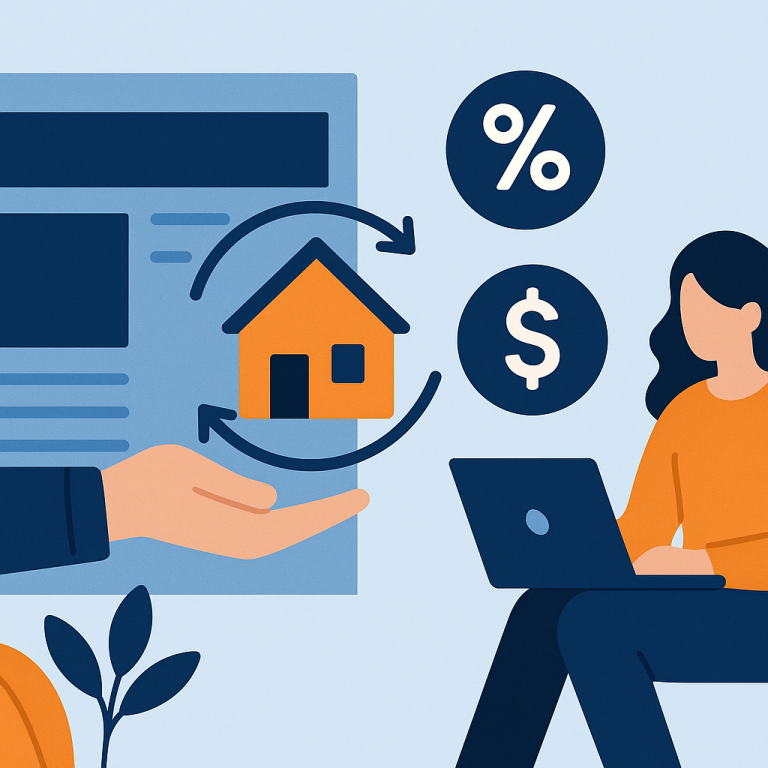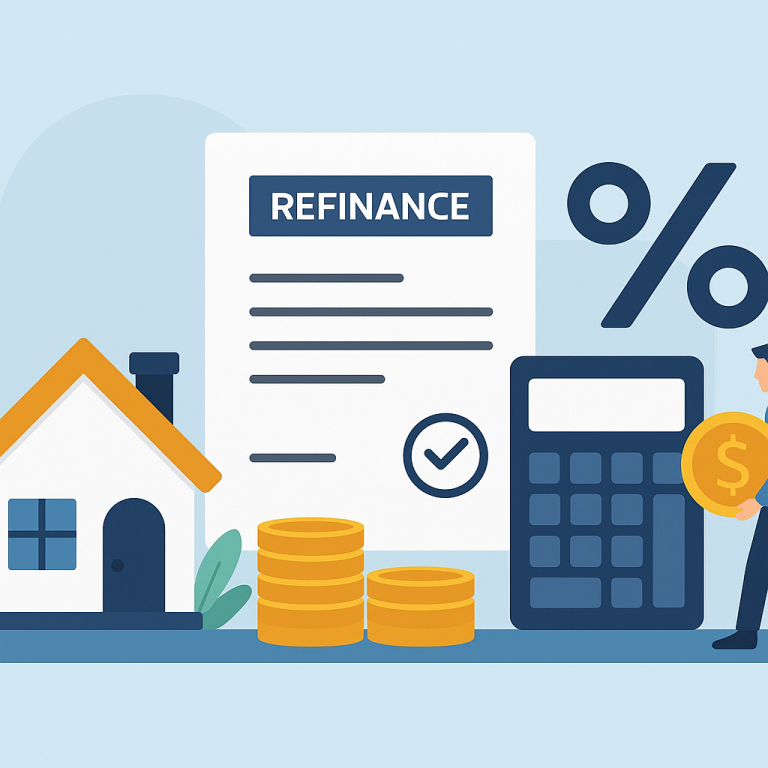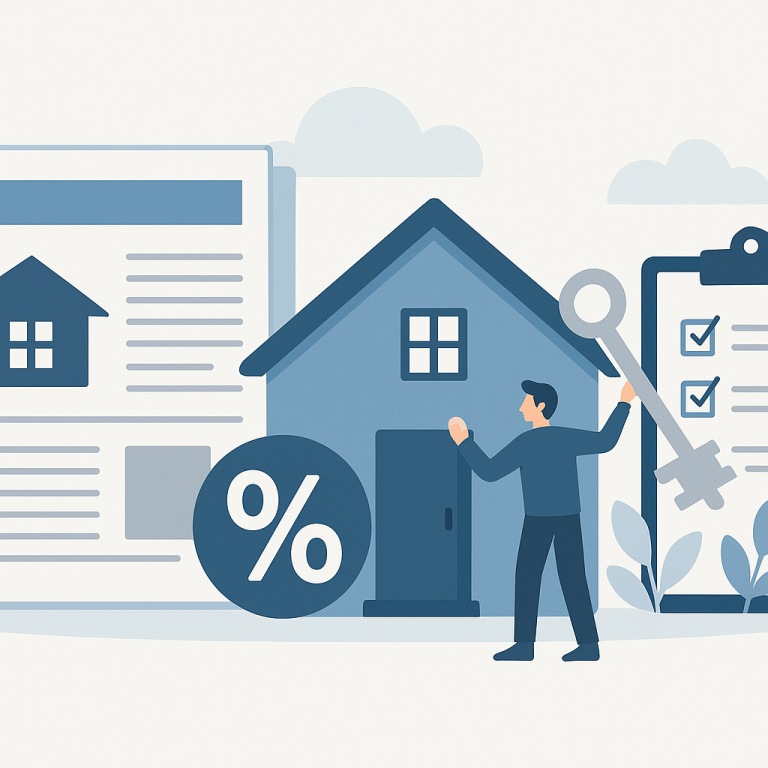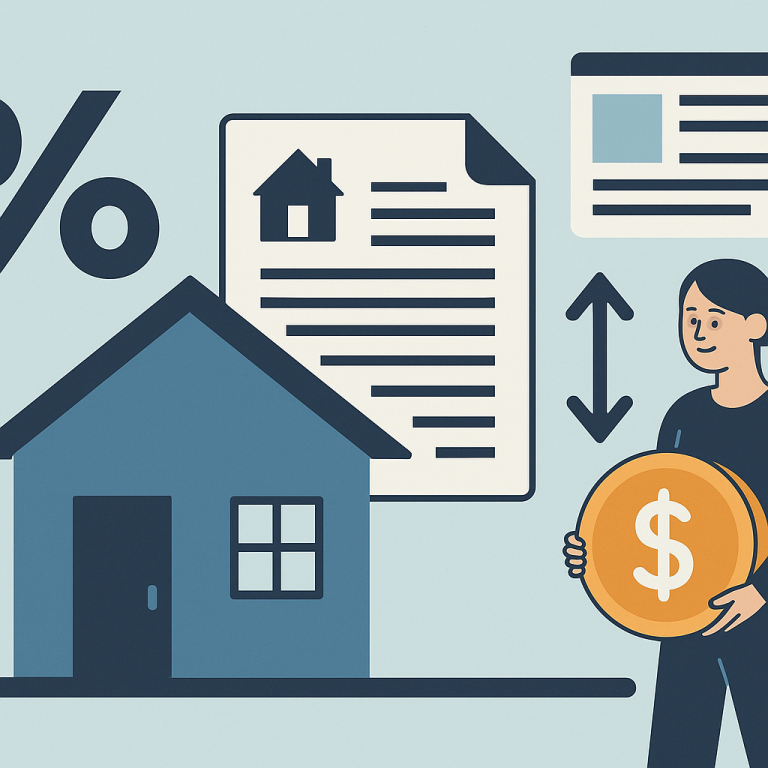Refinance guide refinance timeline how long does a refinance take
Refinance timeline: How long does a refinance take?
Refinancing your mortgage can lower your monthly payment, shorten your loan term, or let you tap home equity. One of the most common questions homeowners ask is how long the process takes. The answer depends on the type of refinance, the lender, your documentation, and factors like appraisal and title work. This article explains typical timelines, what affects them, and practical steps to keep your refinance on track.
What refinancing is and when it makes sense
Refinancing replaces your existing mortgage with a new loan that pays off the old one. Common reasons to refinance include:
- Lowering the interest rate to reduce monthly payments
- Switching from an adjustable-rate mortgage (ARM) to a fixed-rate loan
- Shortening the loan term (e.g., from 30 to 15 years)
- Cash-out refinancing to access home equity
- Consolidating higher-interest debt
A refinance makes sense when the benefits—lower long-term interest, manageable closing costs, or access to needed cash—outweigh the expenses and the time you plan to remain in the home.
Typical timeline and what to expect
Refinance timelines vary, but here are common ranges:
- Streamline or automated refis (no appraisal/limited documentation): 1–3 weeks
- Standard conforming refinance: 30–45 days
- Cash-out refi or loans requiring more underwriting (jumbo, FHA/VA with more documentation): 45–60+ days
- Complicated cases with title problems or heavy backlog: 60–90+ days
Keep in mind these are general estimates. Your lender and local market conditions (appraiser availability, title company workload) can speed up or slow down the process.
Key phases and typical durations
- Application and document submission: 1–7 days (you supply pay stubs, tax returns, bank statements, etc.)
- Rate lock: typically 30–60 days, chosen at application or once you’re comfortable with the rate
- Appraisal and inspection (if required): 7–14 days from ordering
- Underwriting review: 7–21 days depending on complexity and responsiveness
- Clear-to-close and closing scheduling: 3–10 days
Benefits and drawbacks
Refinancing offers several upsides but also some potential downsides.
Benefits
- Lower monthly payment or interest cost over the life of the loan
- Ability to change loan terms (fixed vs. adjustable, shorter term)
- Access to home equity via cash-out refi
- Consolidation of debt at a lower rate
Drawbacks
- Closing costs and fees that can offset savings
- Longer break-even period if costs are high relative to monthly savings
- Potential loss of benefits from original loan (e.g., low-rate promotional loans)
- Rate lock risk—rates can rise during the process if not locked
Costs and fees
Refinance costs are similar to purchase closing costs and typically range from 2% to 6% of the loan amount. Common fees include:
- Application or loan submission fee
- Credit report fee
- Appraisal fee (often $300–$700+)—some programs waive it
- Title search and title insurance
- Origination fee or points (to buy down rate)
- Underwriting and processing fees
- Escrow and recording fees
Ask for a Loan Estimate early—it itemizes expected costs and makes comparing lenders easier. Also calculate your break-even point: closing costs divided by monthly savings tells you how long until the refinance pays for itself.
Step-by-step refinance process
Understanding the typical workflow helps manage expectations and avoid delays.
- Pre-qualify or shop lenders: Compare rates, terms, and closing timelines.
- Submit application and documents: Provide income, asset, and debt documentation promptly.
- Rate lock: Choose a lock period that covers the expected timeline; consider float-down options if available.
- Appraisal and title search: Lender orders appraisal; title company researches ownership and liens.
- Underwriting: Lender verifies documents, appraisal, and title; may request additional items.
- Receive clear-to-close: Underwriter signs off and issues clear-to-close when conditions are satisfied.
- Closing: Sign loan documents at the title company or attorney; lender funds the new loan and pays off the old loan.
Common pitfalls to avoid
- Delaying document submission—fast responses keep the timeline short.
- Making large financial moves during processing (new credit, large deposits, job changes) that can trigger re-verification.
- Skipping the appraisal contingency without understanding the implications—low appraisals can derail cash-out refis.
- Underestimating title issues—unresolved liens or judgments cause delays.
- Failing to shop lenders—different lenders have varying turnaround times and fees.
- Letting your rate lock expire—extensions can cost money or force a re-lock at a higher rate.
Short FAQ
How long does a typical refinance take?
Most standard refinances take about 30–45 days from application to closing. Simple or streamlined programs can close in 1–3 weeks; complex or cash-out refis may take 45–60+ days.
Can I speed up the refinance?
Yes. Be organized and responsive, choose a lender with fast turnaround, provide clean documentation, and avoid financial changes during processing. Waived appraisals or automated underwriting can also shorten timelines.
Will my interest rate change while the refinance is underway?
Only if you don’t lock your rate. Rates can change daily. Locking protects your rate for the specified lock period; extensions or float-downs depend on the lender’s policies.
What causes the biggest delays?
Common delays come from appraisals, title issues, incomplete documentation, underwriting backlogs, or last-minute credit/employment changes. Planning ahead and staying responsive minimizes these risks.
Refinancing can be a powerful tool when timed and executed well. Understanding the typical timeline, costs, and potential pitfalls helps you make informed choices and move through the process with fewer surprises.
META: title=”Refinance timeline: How long does a refinance take” description=”Learn the typical refinance timeline (30–45 days standard), what affects timing, costs and fees, step-by-step process, common delays, and tips to speed up your mortgage refinance.”

